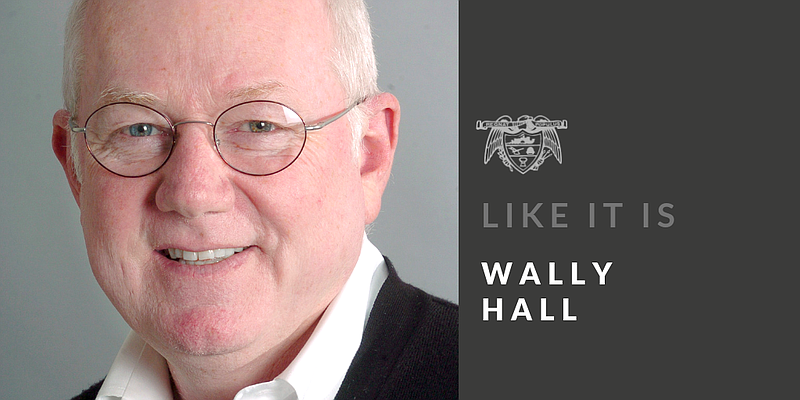NORMANDY — This column is not about sports, which seemed like games the day before Memorial Day, which is one of the most visited days of the year for this famous stretch of Europe known for Omaha and Utah beaches, the stretches of hard sand and steep cliffs where history was made and changed.
They are not beautiful beaches, but cold and hard, long and wide with too many sad memories.
The busiest day of the year for visitors is probably June 6.
D Day.
Tuesday will mark the 79th anniversary of a day that brought freedom the hard way, through the blood of heroes who sacrificed their lives.
A week ago today Utah was cool and gray, more so at the Pointe Du Hock where the German army had built what appeared to be impenetrable bunkers from which to wreak havoc.
There was enough concrete to build the Fighting Irish of Notre Dame a new stadium, and while those designed mini forts brought awe, there was no reverence for those man made hell holes meant to protect the Nazis and their strangle hold on most of Europe.
France had been the biggest prize for Adolph Hitler, a little man with big issues.
The first two stops were sobering places after a four-hour bus ride from Paris on a tour where the guides had little to say about America, who had come to the war late they said.
Standing on sand that might have once been stained with blood of those in Operation Overlord that brought the countries of the USA, Great Britain and Canada together for the Normandy Invasion was almost overwhelming.
Saying we came late to the fight was irritating — most know the United States military was in Europe and was also a little busy in the Pacific Ocean fighting Japan who had declared war on us by bombing Navy ships in Pearl Harbor On Dec. 7, 1941.
The irritation would deepen into anger when we turned the corner at the cemetery at Omaha, and the sight of almost 10,000 white monuments honoring those brave and fearless American soldiers who lost their lives in the first strike to free France from Germany was shocking.
Everyone knew it would take a monumentous effort that fateful day, and it did.
Seeing the names, home towns and what day they made the supreme sacrifice pinched at the heart.
It was difficult not to keep reading one name after the other, although a few have yet to be identified.
When the National Anthem was played, followed by Taps and a 21 gun salute, tears fell.
Words for the tour guides swelled in my heart and mind, but Monica was the voice of reason, and perhaps it was especially emotional as just a few days earlier we had visited Dachau, the prison camp where Hitler imprisoned hundreds of thousands because they were not born German.
Jews, Russians and everyone else were turned into munition factory slaves, starved and beaten, stolen from their family and too many were executed for no reason.
The self-guided tour was a history lesson, a glimpse into madness and the torture of a people for a dozen years that is known as the Holocaust for the murder of six million Jews.
Dachau is free, easy to reach from Munich and should be visited if at all possible.
So riding the bus back for four hours to our meeting place, the Eiffel Tower, a lot of words were thought and swallowed, such as less than a year after the Allied Forces officially got involved Germany surrendered and a few months later Hitler took the coward’s way out, he committed suicide.
There is nothing glorious about war, even winning has its costs, but wars have been around as long as mankind.
It was an honor to take time to salute all those men and women who made the supreme sacrifice for their country.
